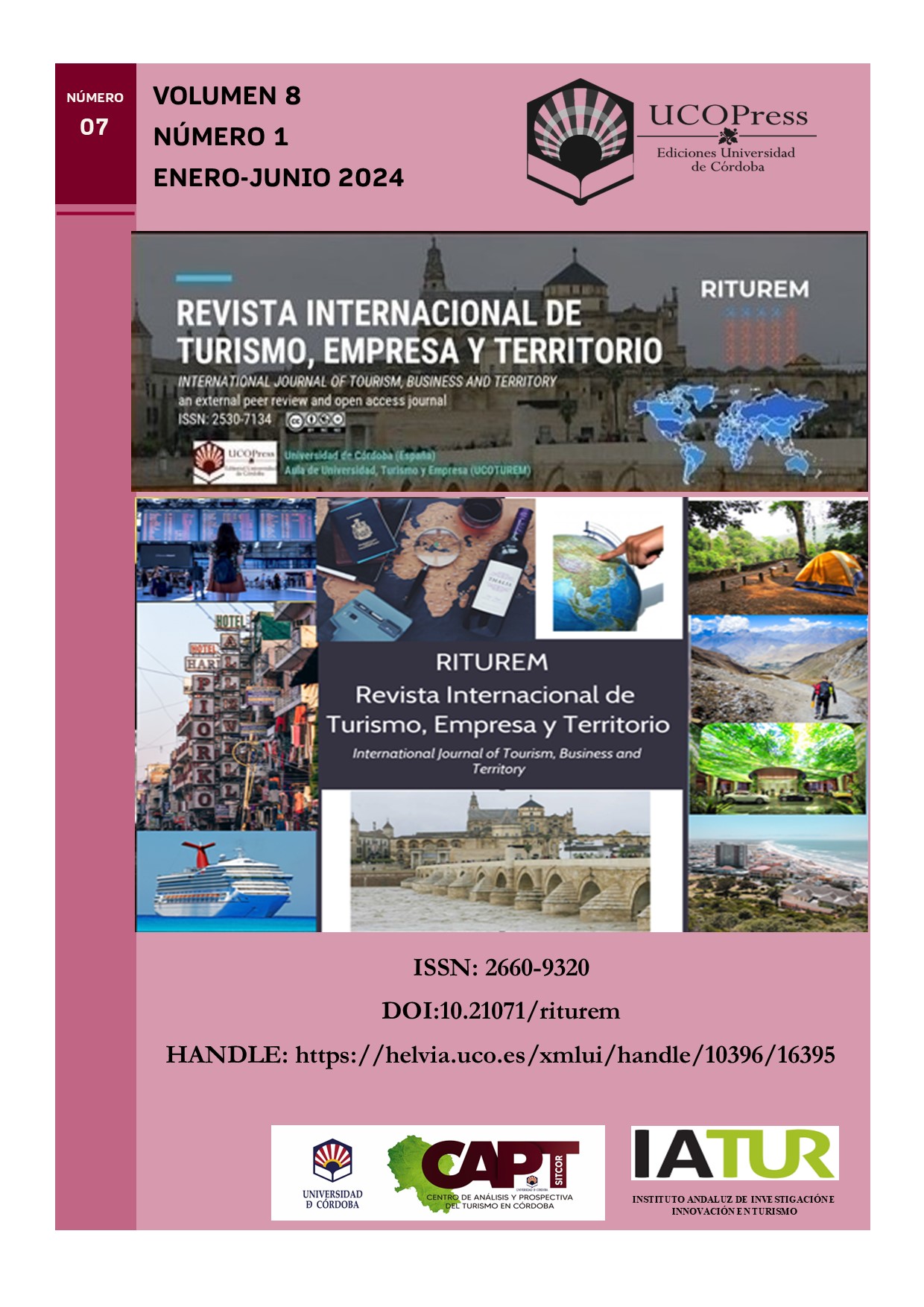The wealth of heritage and cultural tourism in Tunisia through two different cases: the archipelago of Kerkena and the mountains of southeastern Tunisia
Main Article Content
Abstract
Tunisia is a country in North Africa located on the southern shore of the Mediterranean and bordering the Sahara Desert. This situation gave it a landscape diversity, although it covers only 163610 km², and it attracted several civilizations. The age of human occupation in Tunisia, its history, its passage through several civilizations and its geography, are at the origin of the wealth and diversity of its heritage. To show this heritage richness we have chosen two particular examples each having a different site from the other: The archipelago of Kerkena, located on the east coast of Tunisia in the east center, and the mountains of South East Tunisia. The particularity of Kerkena is manifested by the fixed fisheries owned by fishermen and that of the mountains of southeastern Tunisia by troglodyte houses and "Ksour".
The adaptation of the inhabitants of Kerkena to their island environment has marked this archipelago by the importance of fishing activity, especially fixed fisheries that designate an original artisanal fishing technique. However, seaside tourism is still very limited. The peculiarity in Kerkena is related to the activity of the fishing, whereas the peculiarity in the mountains of the south-east Tunisia is in relation with the original architecture of the houses troglodytes and "Ksour". These traditional buildings have exceptional historical and cultural value because of their particular architecture. Troglodyte dwellings are found mainly in the village of Matmata, located forty kilometers southwest of the city of Gabes, and occupying Mount Matmata north of the Dahar mountains. The ksour characterize the mountain range Dahar, which begins southwest of Gabes and rises south towards Medenine and Tataouine.
The present work is a study of the relationship between heritage wealth and cultural tourism in Kerkena and the mountains of southeastern Tunisia. We will present the cultural offer of the two cases, then we will analyze the impacts of heritage wealth on tourism development for both examples, finally we will present proposals for the development of cultural tourism for the local population in Kerkena, in the mountains of the southeast and in general in Tunisia. The objective is to show the originality of the tourist offer in Tunisia for the development of mainly cultural alternative tourism. The methodology is based on the reading of various books and articles and on the field study including the interview with the local population.
Key words: heritage, fixed fishery, troglodyte houses, ksour, local population.
Downloads
Article Details
Copyright Notices Proposed by Creative Commons
Proposed policy for journals offering deferred open access
Those authors who have publications with this journal, accept the following terms:
1. The authors will retain their copyright and guarantee to the journal the right of first publication of their work, which will be simultaneously subject to the Creative Commons Recognition License CC BY-NC 4.0 (Creative Commons — Attribution-NonCommercial 4.0 International — CC BY-NC 4.0 ) hird parties to share the work provided that its author and its first publication is indicated this journal and no commercial use is made.
2. Authors may adopt other non-exclusive licensing agreements for the distribution of the published version of the work (e.g., deposit it in an institutional telematics file or publish it in a monographic volume) provided that the initial publication is indicated in this journal.
3. Authors are allowed and recommended to disseminate their work over the Internet (e.g. in institutional telematics files or on their website) before and during the submission process, which can produce interesting exchanges and increase citations of the published work. (See The effect of open access: http://opcit.eprints.org/oacitation-biblio.html.
